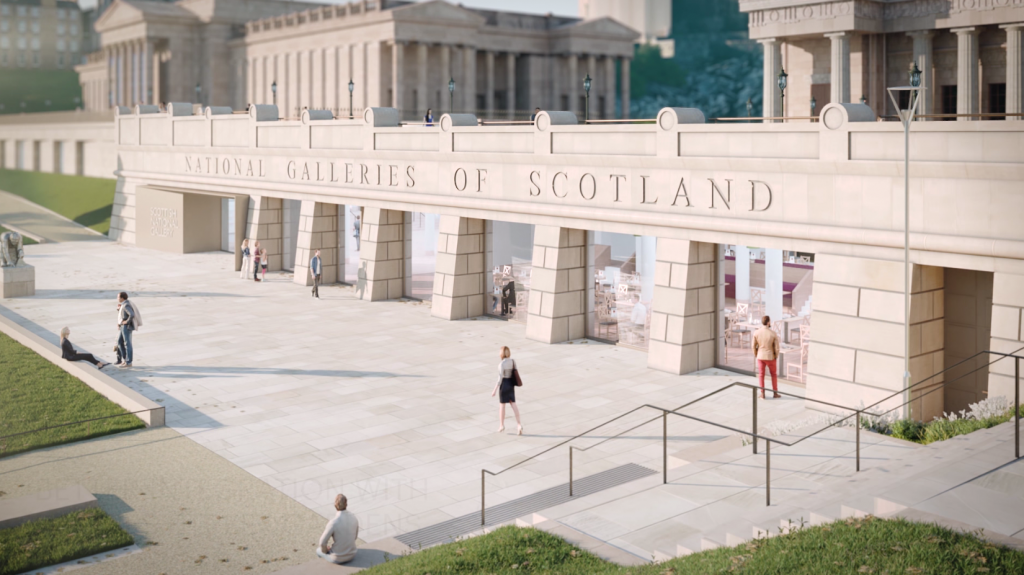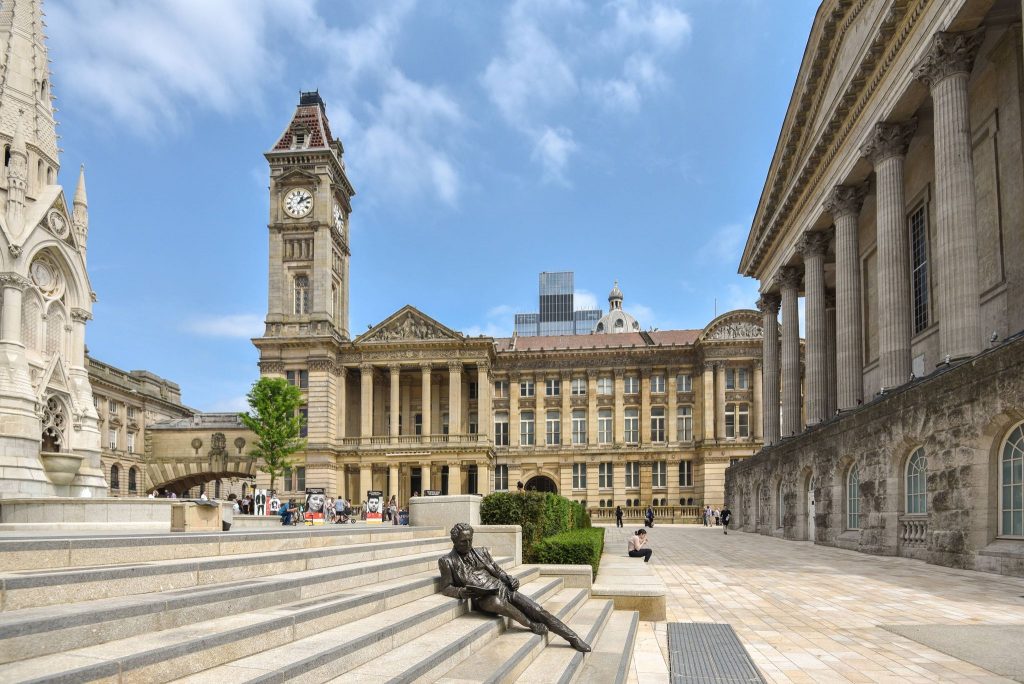Enjoy this article?
Most Museums Journal content is only available to members. Join the MA to get full access to the latest thinking and trends from across the sector, case studies and best practice advice.
A “perfect storm” has become a bit of a cliche, but it is probably an appropriate term for fundraising in museums and galleries.
Venues across the UK are still recovering from the pandemic, with visitor numbers and self-generated income below pre-Covid levels at many institutions. And then there is inflation and the cost-of-living crisis, particularly the price of energy.
Not only that, but competition for funding is fierce, and this is likely to continue as charitable organisations are left to deal with the fallout from the UK’s economic woes. Museums are not only competing for the funding itself but also for the staff with the expertise to secure this funding.
All this is in the wider context of many years of falling public funding for museums and galleries, which has made income generation even more important, whether that is from individual giving, corporate giving or trusts and foundations.
Even if funding can be secured in such a competitive environment, it is often available only for new projects, rather than the seemingly mundane, but vital, day-to-day running costs.

A spokesperson for National Galleries of Scotland, which is redeveloping the Scottish National Gallery at a cost of about £22m, says: “Understandably, funders typically want to support new initiatives, as opposed to resourcing what they see as core activity. Yet without support in place for this core activity, we cannot deliver the more ambitious and innovative projects that tend to attract financial support.”
Despite the fundraising challenges created by the pandemic, cultural institutions learned a lot during a period that forced them to reset their relationship with supporters.
“As the pandemic halted, or significantly slowed down, people’s lives and routines, this presented an unprecedented opportunity to find time to talk to usually time-poor or hard-to-reach donors and prospects,” says Zoe Wagner, the head of campaign operations at the Museum of London, where a key focus of its fundraising has been the capital campaign to create its new £332m museum (to be called the London Museum) in West Smithfield (see profile, p30). “And we were able to successfully close some pending asks, as well as establish new connections.”
During the pandemic, most fundraising was done digitally, rather than in person, and the sector learned a lot about engaging funders in this way.
“Digital technology was essential in supporting our fundraising during the pandemic, in many ways,” says Wagner. “The ‘new normal’ we all faced opened up the opportunity to further develop, or establish, new relationships virtually in a way we had never explored before. Teams or Zoom calls quickly replaced face-to-face meetings, with donors and prospects far more likely to be able, and available, to attend, due to the reduced demands on their time and the ease of fitting in a call, as opposed to an in-person meeting.”
She says Teams, Zoom and other such platforms offered excellent ways to engage groups of stakeholders, while virtual calls, often made from home, brought a more personal dimension to the relationship between fundraisers and donors.
“Though it has been extremely positive, and in many ways essential, to be able to restart face-to-face activities, the digital technology-led changes brought about by the pandemic are still relevant in today’s fundraising landscape,” says Wagner.
While for many fundraisers, using digital to engage people was a positive experience, some found it difficult to reach new prospects, and focused on maintaining relationships with existing funders.
Others have found it hard to maintain the same level of digital engagement now that the world has returned to something close to normal. And despite the opportunities that came to the fore, many traditional fundraising principles still apply to museums, such as demonstrating their impact to supporters and building meaningful relationships with them.
Rachel Cockett, the director of development at Birmingham Museums Trust, says: “In essence, our fundraising strategy aligns with our organisational strategy, in that it is responsive to rapid change and new opportunities. We want to build a fundraising culture that is accessible, real and personal to local audiences, both onsite and online.”

Being able to demonstrate the impact of funding is becoming ever-more important as competition for resources increases and funders want to know more about how their money is helping to improve people’s lives.
“There are lots of charities doing great work, and when times are tough, the need for and importance of this work is even greater, with funds in ever-greater demand,” says Nia Elias, business development director at Amgueddfa Cymru – Museum Wales. “This can be challenging for our fundraising, but we’re confident that our values of collaborating with local, national and global partners and communities means that the impact of the museum’s work provides great fulfilment and value for money for funders.”
Those involved in museum fundraising also say that individual donors, corporations and trusts and foundations are becoming increasingly interested in supporting work that relates to social impact, particularly in the areas of equality, diversity and inclusion. Environmental sustainability is growing in importance as well.
Museums are also having to think about the motivations of a new generation of supporters, who might have different priorities than current donors.
Sam Newman, the head of development at the Photographers’ Gallery in London, says: “The sector is known to be innovative, and is characteristically resilient in responding to challenges. And it looks as if there will be more of those to come, with the economy on an uneven footing and operational costs rising.
“More organisations than ever are applying for public funding, and future fundraising will lead to the development of more-commercial business models and an increase in institutional collaboration, in what is already a highly collaborative sector.”
Although fundraisers are not underestimating the difficulties created by the ongoing cost-of-living crisis, there is a feeling that museums and galleries have a good story to tell funders about the impact that they can have on the communities they serve.
“The pandemic – a time of unprecedented change for many of us – has shown how essential arts and heritage are for people, and what a central place museums hold in the lives of many from all backgrounds and ages,” says Wagner.
“In difficult circumstances, most donors have continued to support museums, even when they had to shut for long periods of time during the pandemic. It’s further testament to the importance of our sector.”
Most Museums Journal content is only available to members. Join the MA to get full access to the latest thinking and trends from across the sector, case studies and best practice advice.